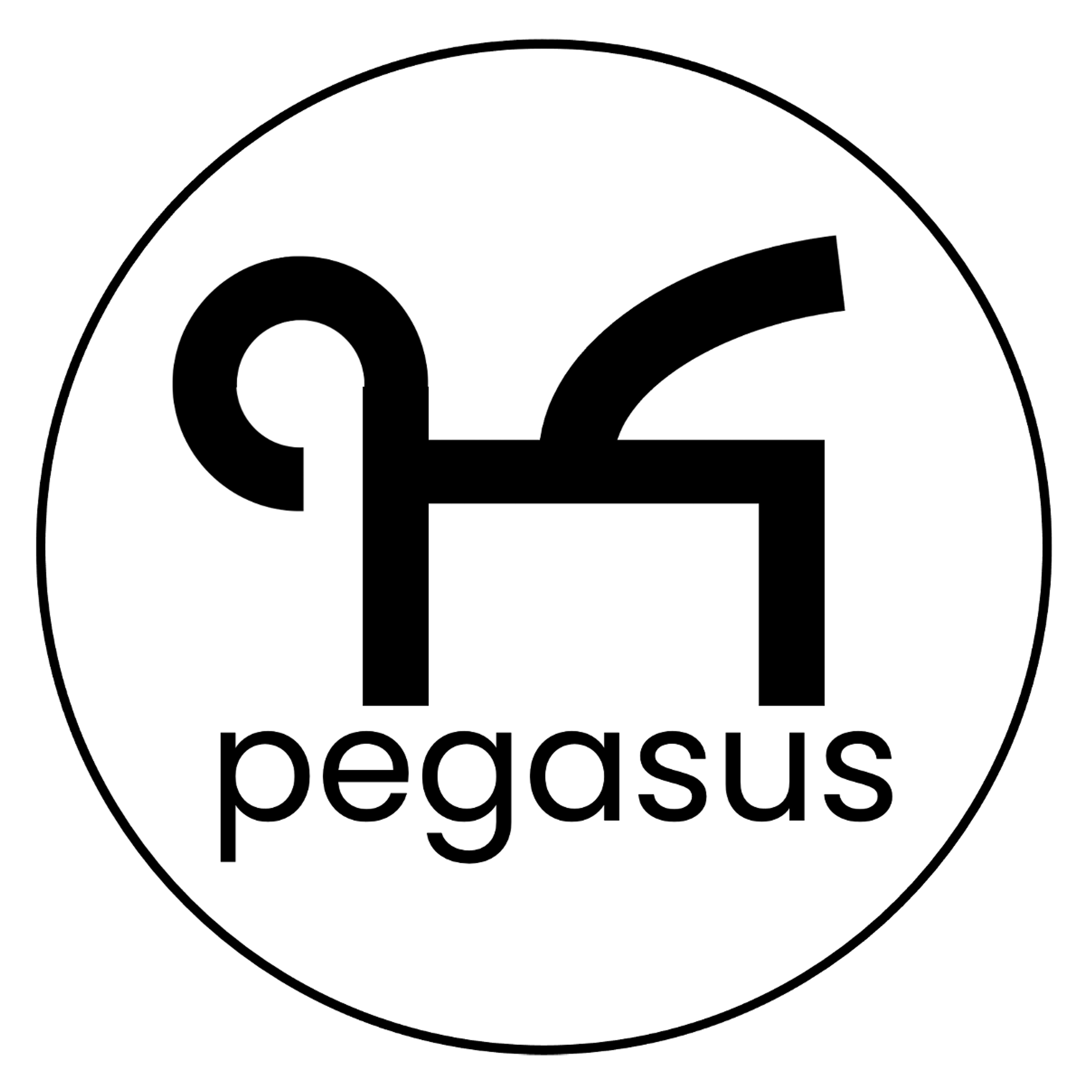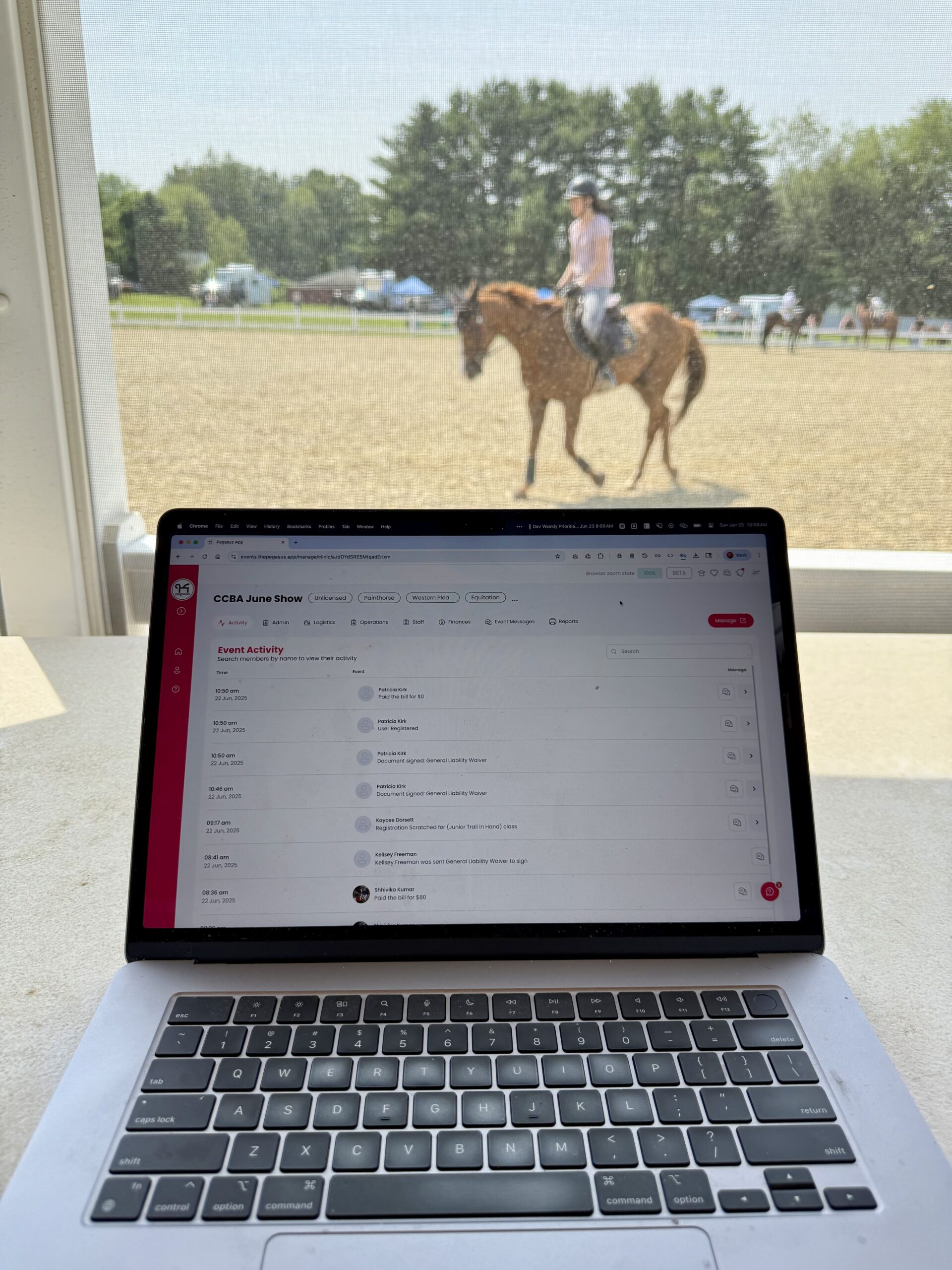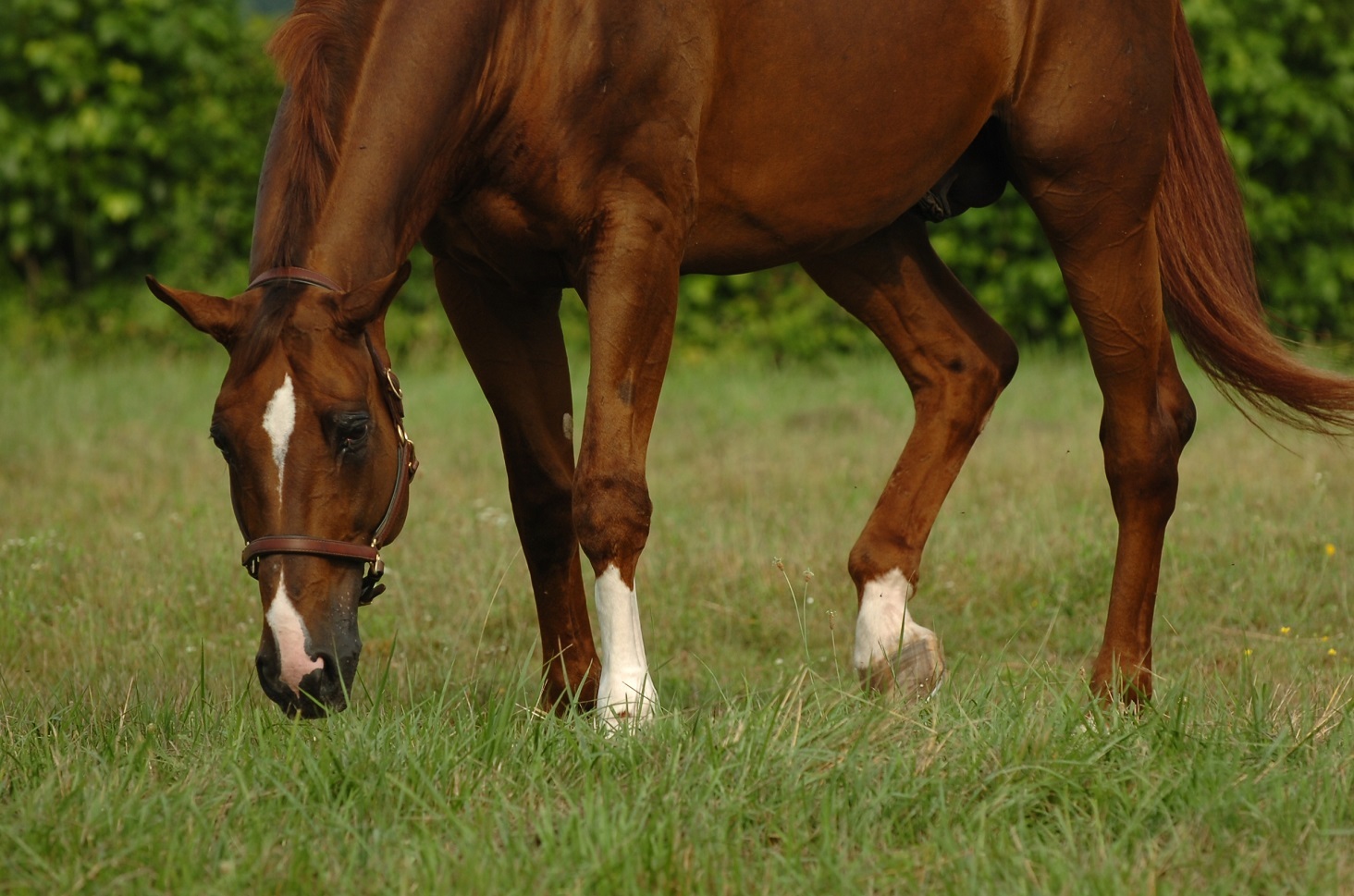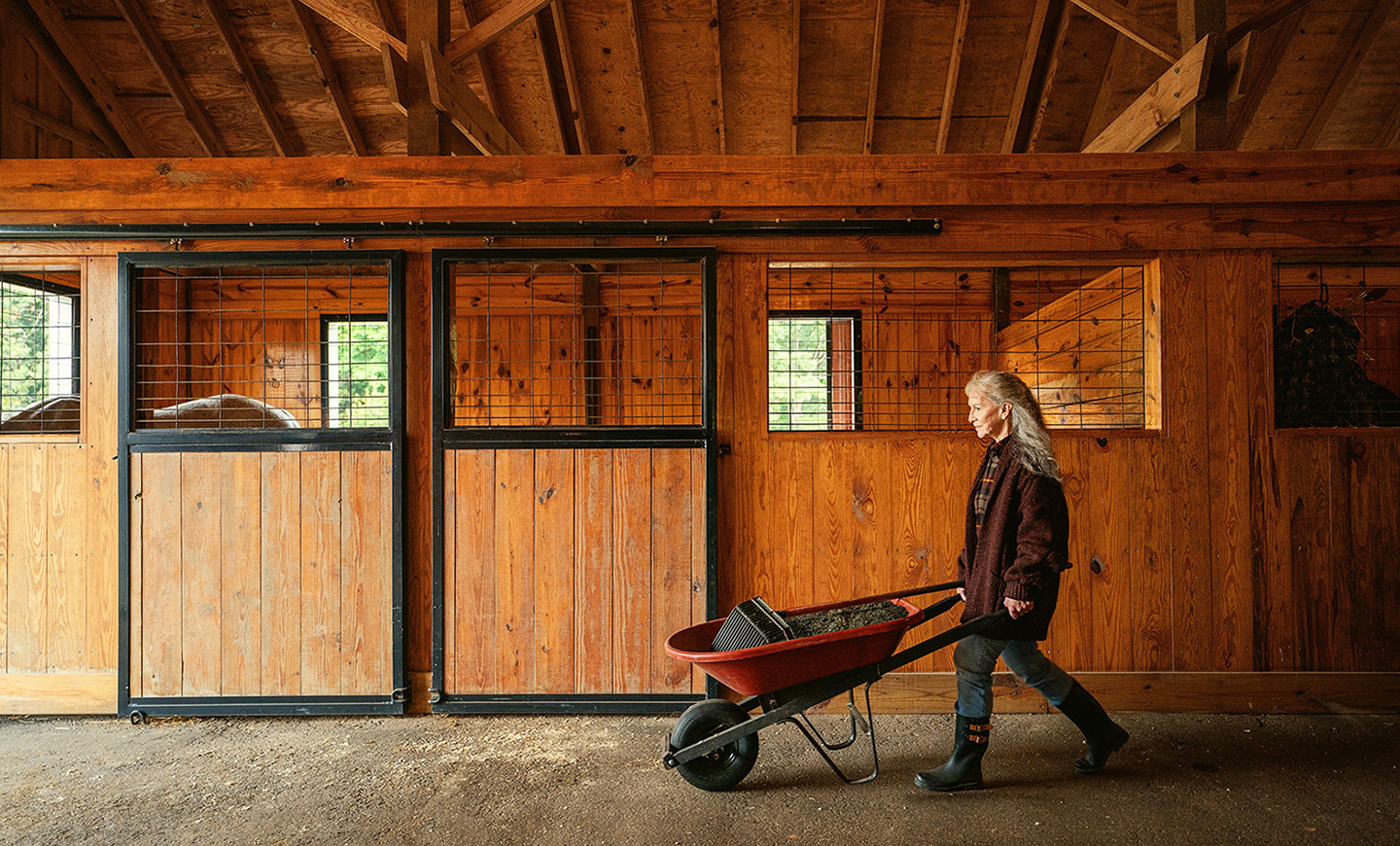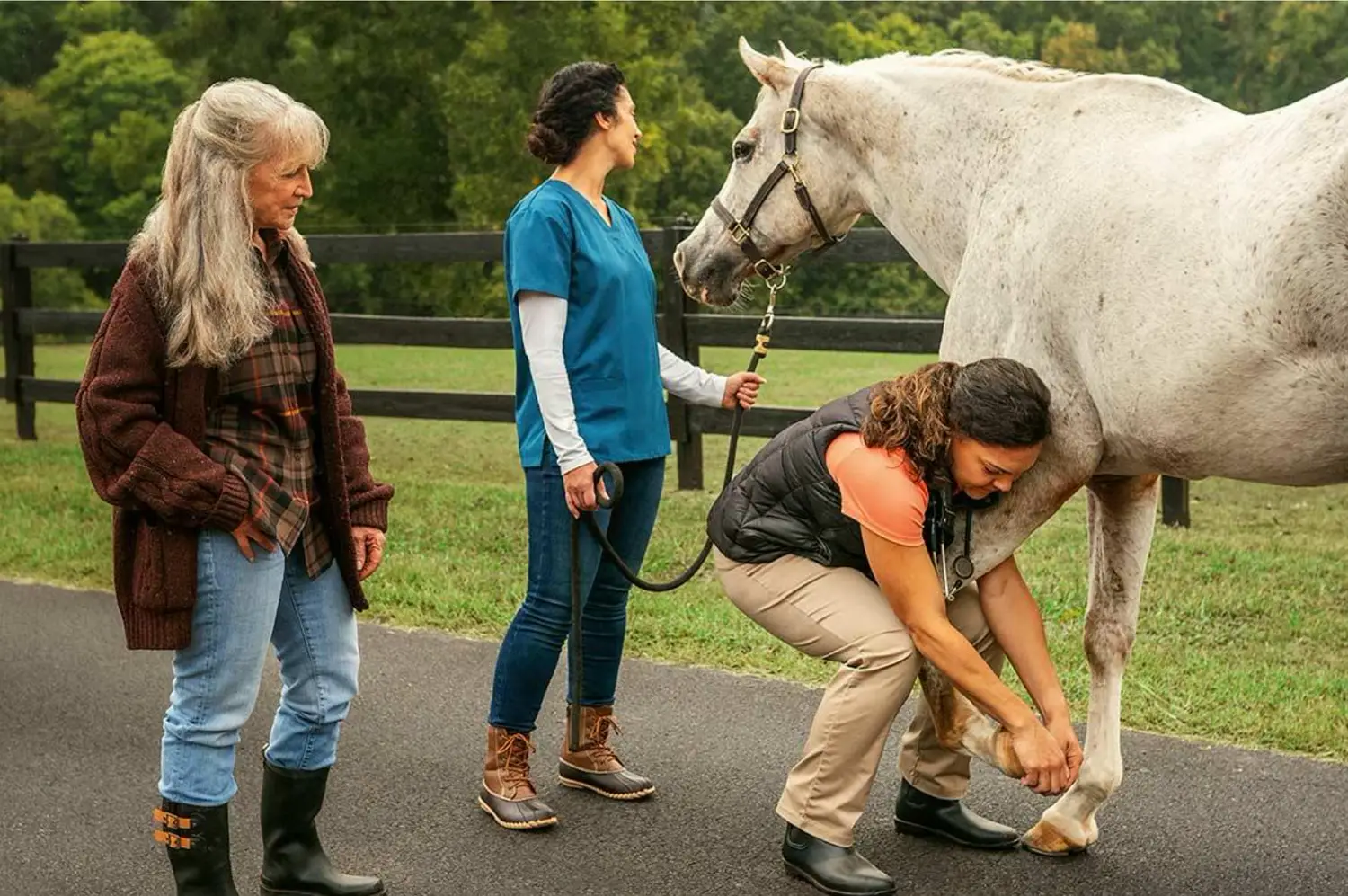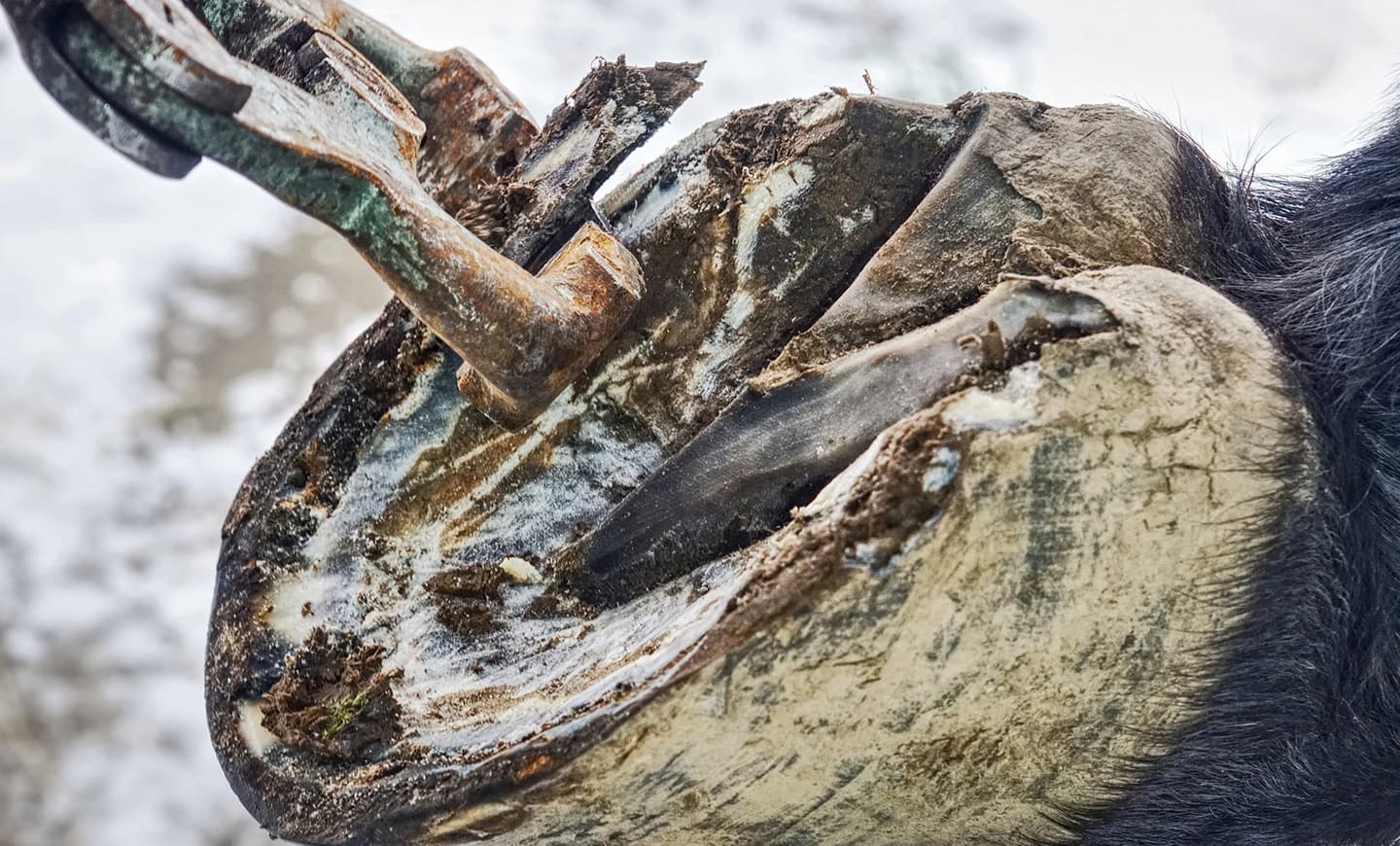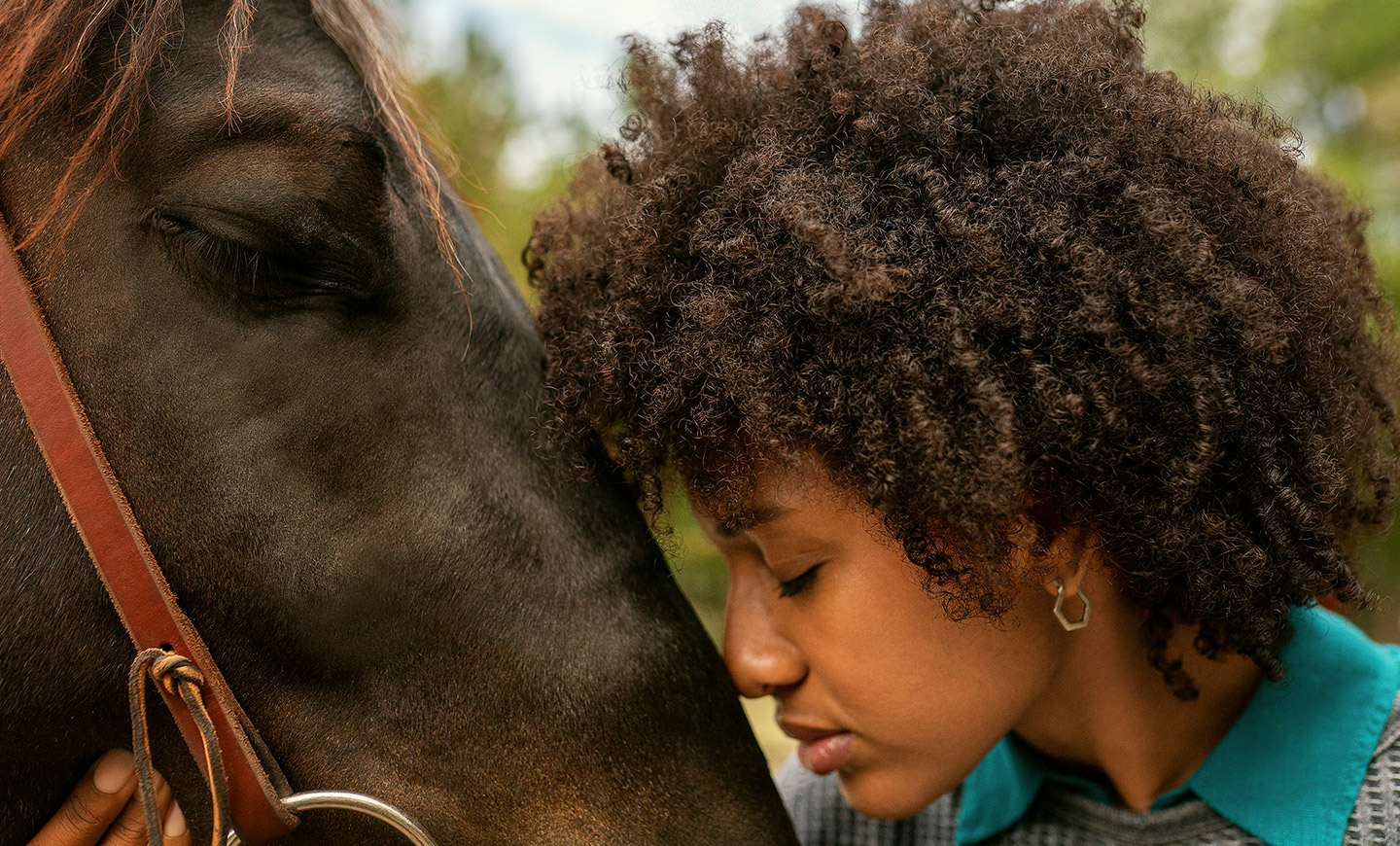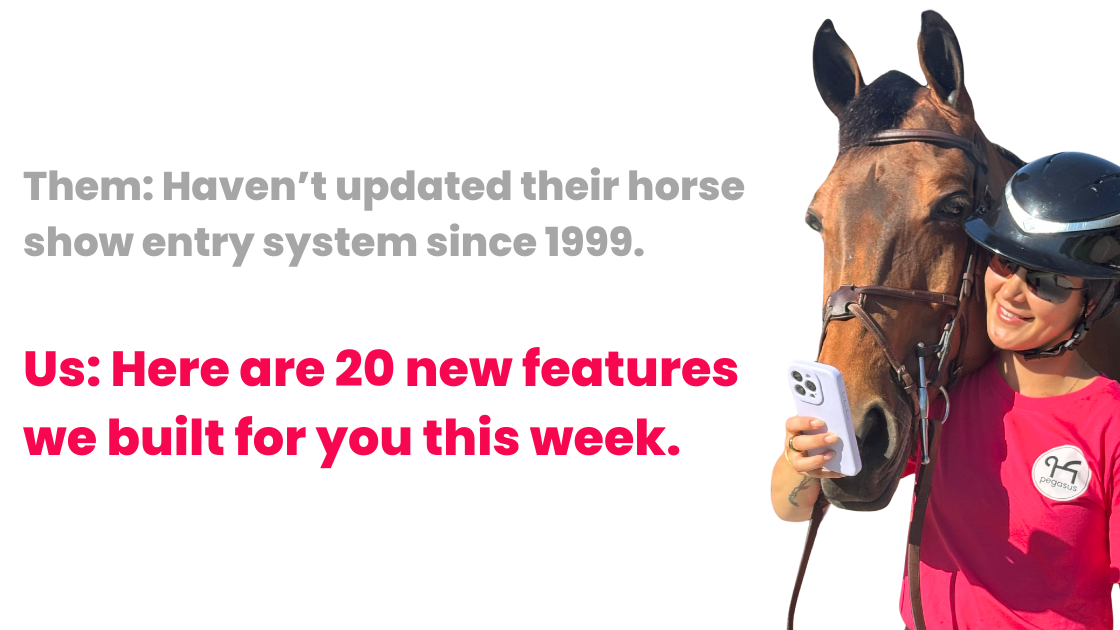Hey there, partner. This is The Oxer by Pegasus. The newsletter that takes you out of your tack room and into the global equestrian industry.
This week, we published our podcast with international equestrian photographer Morgan Froment.
In today’s edition, we want to highlight some reflections we had during and after our conversation with Morgan.
Before we get into it, have you signed up to try out Pegasus’s beta?
If not, head to Pegasus, click “get early access,” and sign up today!

One more thing before we move on, we wanted to let you know that as of February 1st, 2024, we will exclusively publish The Oxer by Pegasus on LinkedIn. The majority of our subscribers exist on that platform, so it only makes sense to keep it all in one place.
Alright, let’s get into it! 📸
🎥 What You Currently Need to Do to Take Professional Footage at Events
In an age where anyone can go to a horse show and take pictures with their smartphones, it’s a bit complicated on how shows and governing bodies allow footage to be used by content creators.
It’s one thing if you’re a fan who’s taking a video of a show jumper and posting it on Reels. It’s a completely different story if you’re a professional photographer taking footage at an event.
Read here what you should do according to Morgan as he deals with this himself.
If you’re going to a show with your own camera, the best option you have is working for [the] media or working for a governing body.
If you’re going there without anything like this, you can be refused by the organizer for your own accreditation.
It’s a really big topic and this situation will probably get more and more tricky in time because the organizer [feels like] as a content creator, you go to their shows, taking some content for your own clients…they feel like they don’t benefit from the content you’re creating.
What Morgan is referring to is that you need to have permission and accreditation in order to take professional photos and videos at most equestrian events, especially larger and more famous ones.
The best way to take footage at bigger events, therefore, is to work directly for the governing body that licenses that even or to work for a media company that has credentials to be there.
Being a solo photographer without support from such institutions makes it harder to have such access.
🪪 As a Result of the Above, There’s Plenty of Room for Innovation
Because there isn’t a standard way for professional photographers to deal with governing bodies and events, there are solutions people in the industry should start thinking about.
Right now, it’s not very easy to be a professional photographer in equestrian. It might be easy to do so at smaller unlicensed events, yet if you want to take footage at slightly larger venues that are licensed, then you might run into a problem with the FEI’s rules on licensing content.
Making it easier for professional content creators to record and distribute footage from events would be a financially positive development for the equestrian industry.
That’s because brands can take more footage at events, which can lead to more sponsorships of riders. Riders can use money from sponsorships to improve their craft and invest in the sport by buying stables and hiring more grooms.
This means more money is being funneled into the industry.
One solution that we discussed on the podcast was having a license that is recognized by governing bodies such as the FEI. More on this from Pegasus cofounder and podcast cohost Sam Baynes.
I don’t know if this is the best solution for the sport, but low-hanging fruit [is to] create a license.
A license for independent contractors to have the right to distribute FEI-level content. That license can have with it, not only must the quality of your photography be good, but there is a moral requirement that if you’re going to get that license, then you must present the sport in a positive way.
If you capture footage of people behaving poorly, then you can submit those photos to the FEI for review. And they can then potentially investigate it and explore further where they want to punish whoever was treating their horse in a poor way.
An important follow-up question that wasn’t discussed on the show is this: how would the adoption of an FEI-sponsored license look amongst smaller governing equestrian bodies? Would an FEI-sponsored license be mandated for certain bodies but not for others?
Furthermore, a license might actually have the exact opposite effect of what we’re trying to achieve, which is more accessibility for professional content creators to take footage at events.
The reason is that if one governing body were to have a license for content creators, then it might spark inspiration for other bodies to follow suit. If there isn’t any cooperation amongst the governing bodies, what could happen is that creators like photographers would have to do extra work: applying for licenses at all sorts of governing bodies.
That, in effect, would make it similar to the status quo where you have to ask for permission every time to take a picture. But rather than from the organizer, from the governing body.
In the end, these are all speculations. Let’s see what will happen in reality.
🇹🇭 Look to Southeast Asia for the Next Equestrian Wave
Morgan has worked in Southeast Asia and saw firsthand how the development of the equestrian industry is going.
According to Morgan, in Southeast Asia, the same type of horse sports we have in the West are still in development.
Southeast Asian countries have a rich history with horses—thousands of years of domesticating horses for warfare and transportation. But the equestrian sector as we know it is relatively nascent.
Morgan mentioned that Southeast Asian countries can serve as a big opportunity for people who want a career in the equestrian industry because “there is a small amount of people [who] are willing to go there.” One thing that may prevent Western equestrian careerists from going to Asia is distance.
One opportunity that exists in Asian countries that could fit an equestrian’s future is breeding.
Countries that Morgan visited there “don’t really have a breeding system like we have in Europe and North America…they have to import horses a lot.”
Entrepreneurs can either go and create stud farms in such countries or get in on the trade to send horses to the Far East.
Thanks a lot to Morgan for sparking the conversation and be sure to listen to the full episode on Apple, Spotify, or wherever you listen to your podcasts.
Polish your boots,
The Oxer by Pegasus
Note: All images including the one used in the cover photo were provided by Morgan Froment.
